Take Me To The Waters - Europe
Being waterside doesn’t
have to mean being beside
the sea, as Andrew Eames
discovers – especially in
Europe, a continent blessed
with endless freshwater
lakes and rivers all just
waiting to be explored
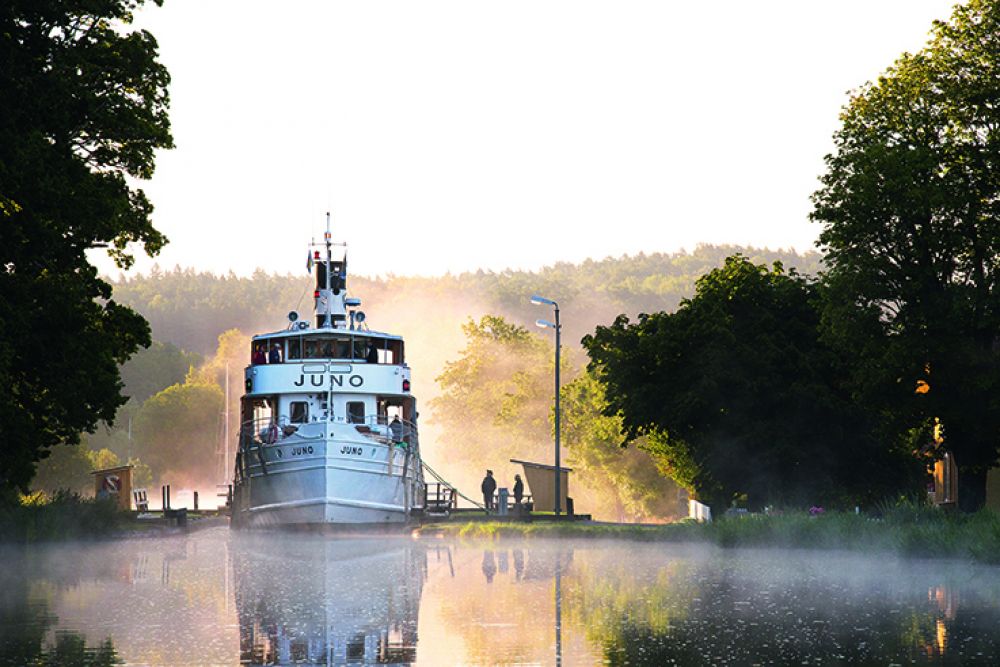
Being waterside doesn’t
have to mean being beside
the sea, as Andrew Eames
discovers – especially in
Europe, a continent blessed
with endless freshwater
lakes and rivers all just
waiting to be explored
Is it a cottage, or is it an oil painting? It would be hard to find a more idyllic location than this thatched and half-timbered hideaway on the banks of the River Avon in the heart of the New Forest. Undercastle Cottage is a place of open fires, burbling waters, and darting kingfishers. French windows open out onto a terrace overlooking the water, with a rowboat bobbing at the end of the lawn. The property has over 1,000m of fishing on the much-prized Avon, with the odd salmon spotted in season. And if you can drag yourself away from the terrace, the hammock and the herbaceous borders, then there’s the whole New Forest lurking to the south and east, from the tea rooms of Lyndhurst to the sequoias of the Tall Trees Trail, by Brockenhurst.
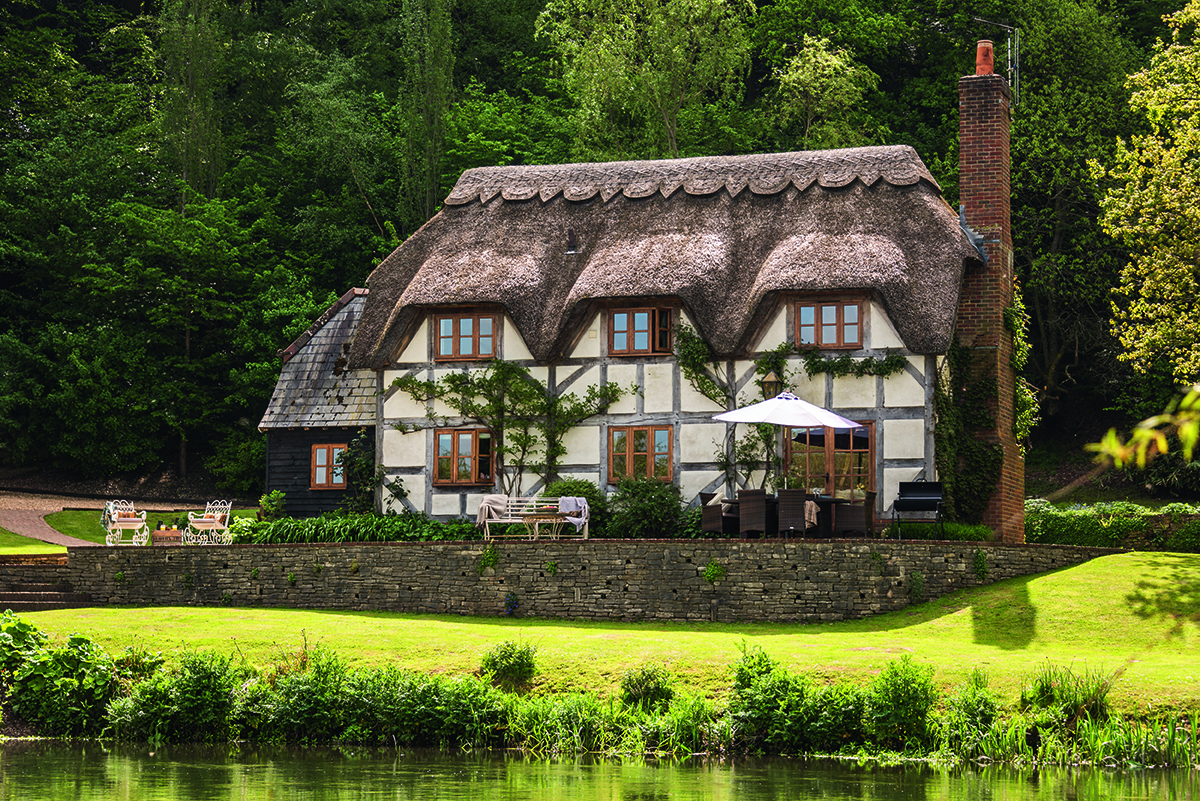
Undercastle Cottage sleeps six. Costs from £1,108 for a long weekend. boutique-retreats.co.uk
Cross Sweden on board the world’s oldest cruise ship, the 145-year-old MS Juno – the Orient Express of sweet-water cruising. Snub-nosed and box-shaped for the most efficient use of the lock system, this 29-cabin passenger ship is a thing of rare beauty, featuring mahogany fittings, polished hardwood decks, small but elegant wallpapered cabins and comfortable wicker chairs from which to watch the landscape slip by. The view is of gossamer threads of early-morning mist, of gazebos on summer lawns, and of canal-side reeds bowing deeply at the Juno’s passing. Like her sister ship, Wilhelm Tham, Juno sets off every week to cross from Gothenburg to Stockholm via a canal system that links lake with lake, including an eight-hour crossing of Sweden’s largest, island-strewn Lake Vänern. Meals are served in the handsome saloon and feature typically Swedish combinations of seasonal fish, fresh local vegetables and mushrooms, ending with a fruit-based dessert.
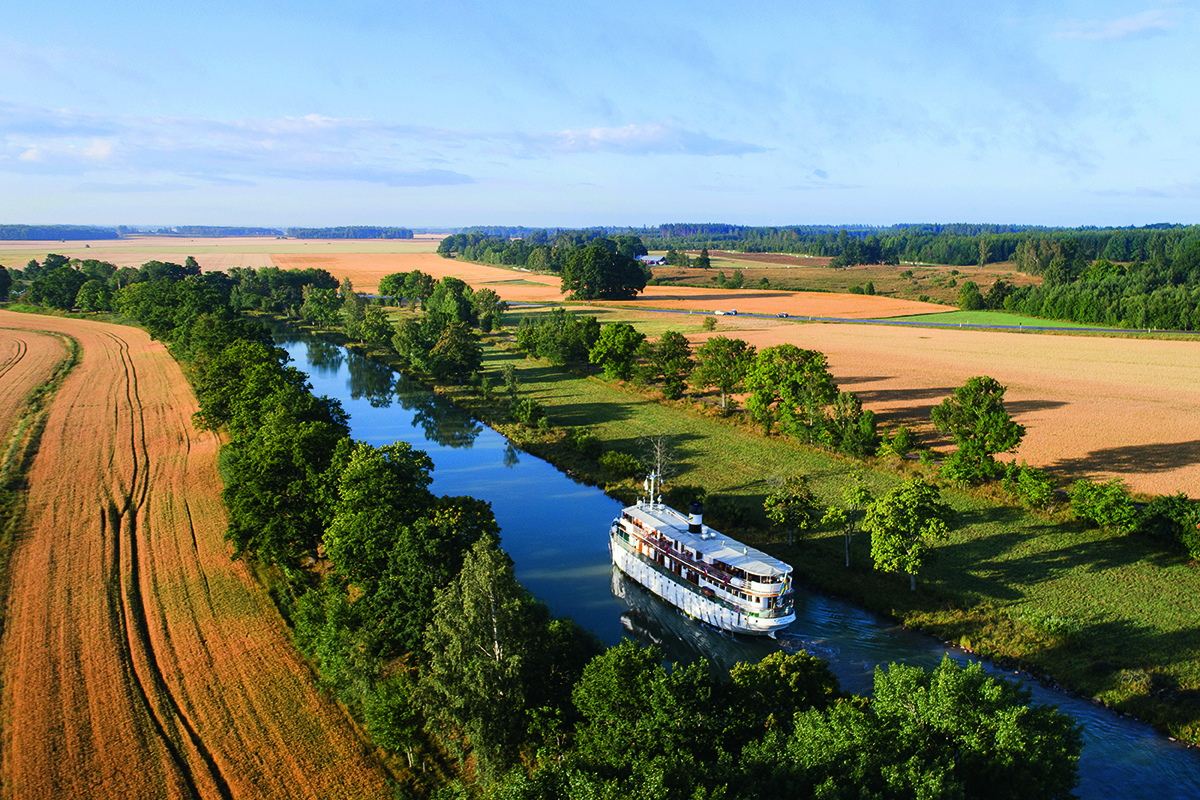
The Classic Canal Cruise on the Juno takes four days. Costs from £1,093pp, full board. gotakanal.se
‘Bucolic’ is the word for Portugal’s so-called ‘river of gold’. The calm blue blade of the River Douro divides fertile hills, which are sometimes neatly manicured with vines, sometimes layered in hardscrabble terraces of olive trees, baking in the midday sun to a tranquil background of birdsong. The valley’s serenity is interrupted only by the occasional village, with its red-tiled roofs and whitewashed walls, or by the passage of the traditional rabelo long boats, which the region’s port wine producers used to use to transport barrels from their quintas (wine estates) to downriver warehouses in Porto and Vila Nova de Gaia. Inntravel’s week-long ramble up the Douro starts in the northern capital of Porto before heading upcountry on a spectacularly engineered little railway that skips along the water’s edge to the river port of Pinhão. From here you’re on foot, sometimes up on the ridges, sometimes down by the waterside of the Douro’s tributary, the Pinhão, exploring tranquil vineyards and looping between valleys on pretty woodland paths. Accommodation ranges from luxury hotels to secluded manor houses and family-run retreats.
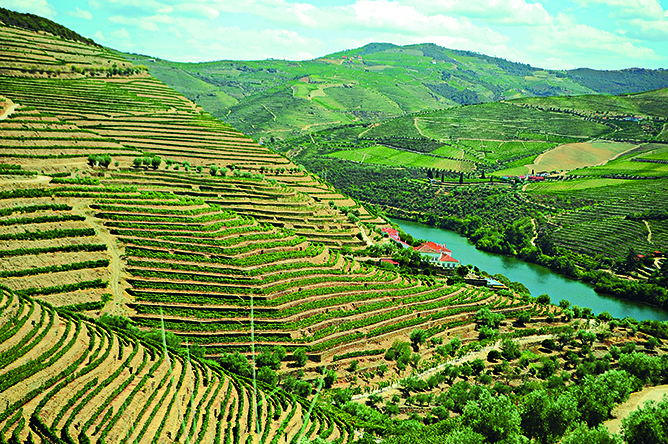
The seven-night trip includes hotel accommodation with breakfast, plus five dinners, three picnics and key local transport. Costs from £1,070pp. inntravel.co.uk
The emerald-hued River Soča, in
Slovenia’s Julian Alps, was centre
stage in the Narnia films, and
entering this Eden, in the country’s
northern Triglav National Park,
feels like clambering through the
back of the European wardrobe to
emerge, blinking, into the sun, with
the Soča bounding puppy-like out of
the mountains to meet you. Having
picked up its unforgettable colour
in underground limestone caverns,
the Soča completes its first few miles at some speed, working its way through deep canyons, until the
valley opens out by the town of Bovec
and a more mature river relaxes into
languid pools lined with silky-white
sand and filled with rare marble
trout. It is here, too, that the Soča
valley’s tourism begins in earnest,
with the river the focus of everything,
whether it’s fishing, swimming,
kayaking or whitewater rafting. All of
these are available if you embark on
an action-packed outdoor adventure
with Red Savvanah, along with
canyoning, hiking, riding beautiful
Lipizzaner horses, biking and
picnicking. After expending all that
energy, you can look forward to the
final couple of nights spent in the
historic Grand Hotel Toplice on the
shores of beautiful Lake Bled, famed
for its healing thermal springs.
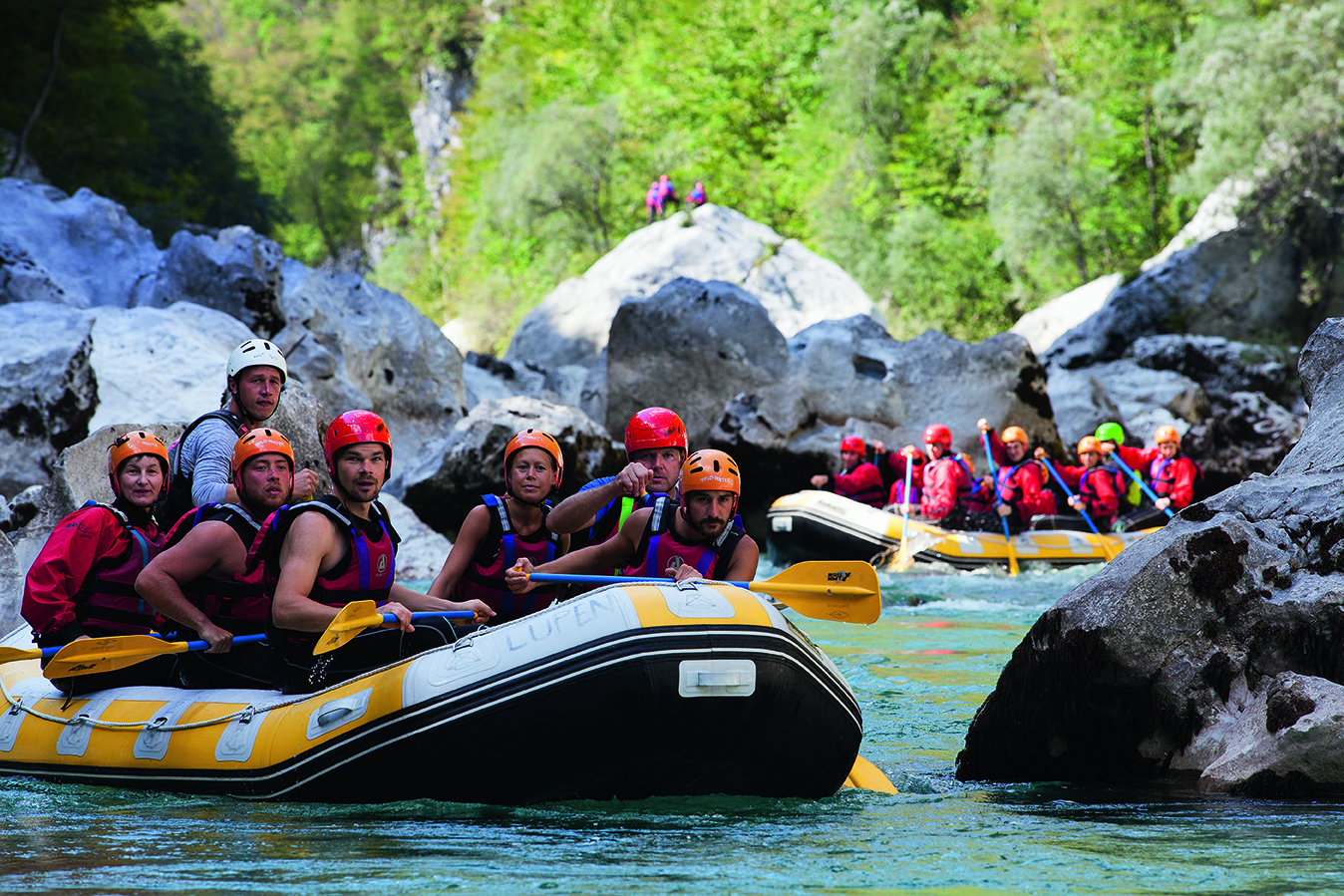
Red Savannah’s eight-day Outdoor Adventure in Slovenia includes five days in the valley. Costs from £967pp, including transfers, accommodation and breakfast. redsavannah.com
In a nation interlaced with 6,000km of navigable waterways and 32,000km of bike and canal paths, you’d be a fool to go anywhere by car. Meadowlands and windmills, cobbled lanes and gable ends, dykes and polders – all are best accessed via water in the Netherlands. There’s no better place for peering into beautifully-kept back gardens, grazing on smoked eel or mooing at Friesians. Freedom Treks offers lots of potential itineraries – for example, its Highlights of Holland Boat & Bike tour aboard Flora, a barge of 10 roomy ensuite cabins – that might include the Ijsselmeer, a former sea still encrusted with Golden Age ports such as Hoorn, the cheese country around Edam and ancient Haarlem. The boats provide bed, breakfast, packed lunch and dinner, and relocate daily to provide a week’s worth of new beginnings.

Freedom Treks’ Highlights of Holland seven-night boat and bike tour includes full board plus bikes. Costs from £777pp. freedomtreks.co.uk
Known as the ‘Land of a Thousand
Lakes’, the Mecklenburg lake district
is pillowed in the soft woodland and rolling agricultural land of
Mecklenburg-Vorpommen, north of Berlin. Its serene waters make for a gentle adventure – it’s a world
of boathouses on stilts and busy
freshwater fishermen working their
nets, and best explored by chartering
your own boat. Besides handsome
waterfront towns such as Müritz, on the largest lake, there are grand
country houses like Mirow, whose
castle-island was the birthplace of Queen Sophie-Charlotte, who
married our King George III.
There’s also Rheinsberg, with its
schloss built for Crown Prince
Frederick, who apparently ‘felt very
little love for the female species’ but was forced to marry and to live in this idyllic love nest. Or
sobering Ravensbrück, the former
concentration camp where only
women were incarcerated and which
stands today as a monument to a lesser-known side of the Nazi era.
Steer your own course with Kuhnle
Tours, which offers 26 different
kinds of boat for charter, from
compact cabin cruisers in basic and
hi-tech options to fully fledged
houseboats and bigger vessels for
more serious excursions. Whichever
you choose, in the evening seek out
your own reed-sheltered anchorage,
where only paddling coots and
moorhens disturb the peace.
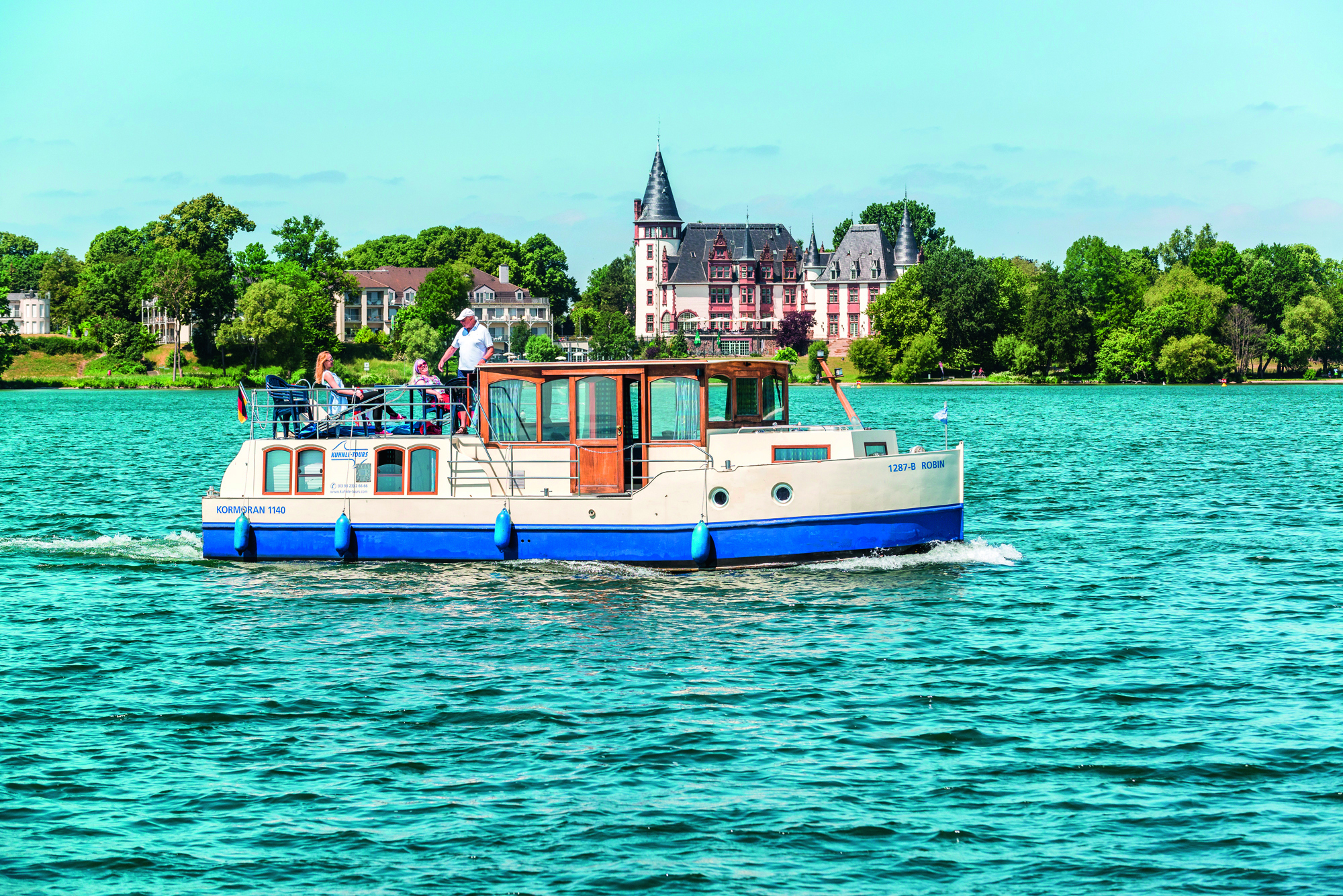
A Kormoran 940 cruiser will sleep up to 5 and is based at Hafendorf Müritz. Costs from £1,935 for a week in July. kuhnle-tours.com
If you’re up for getting in amongst it,
Wilderness Scotland’s classic river
trip will flip your kilt. The adventure
specialist’s guided descent of the
River Spey in open canoes takes
you past pine forests and colourful
heather-covered hills and through
Scotland’s most celebrated whisky
region. You’ll start at Aviemore with
a warm-up paddle on a tranquil loch,
and head off the following day on
a four-day river journey from the
Boat of Garten, famed for its osprey
nests and views of the Cairngorm
mountains, paddling your way down
the waterway until emerging by the
sea at Spey Bay. Nights are spent in
guesthouses and campsites on the
river banks, where red squirrels and
capercaillie roam, while days are
passed idling across limpid river
pools, watching for golden eagles,
and acquiring the skills to deal with
more challenging rapids such as the
Washing Machine, towards journey’s
end. Villages en route – Tormore,
Aberlour, Knockando – are famous
for their uisge-beatha, the water of
life, aka whisky, so there’s bound to
be some tastings along the way.
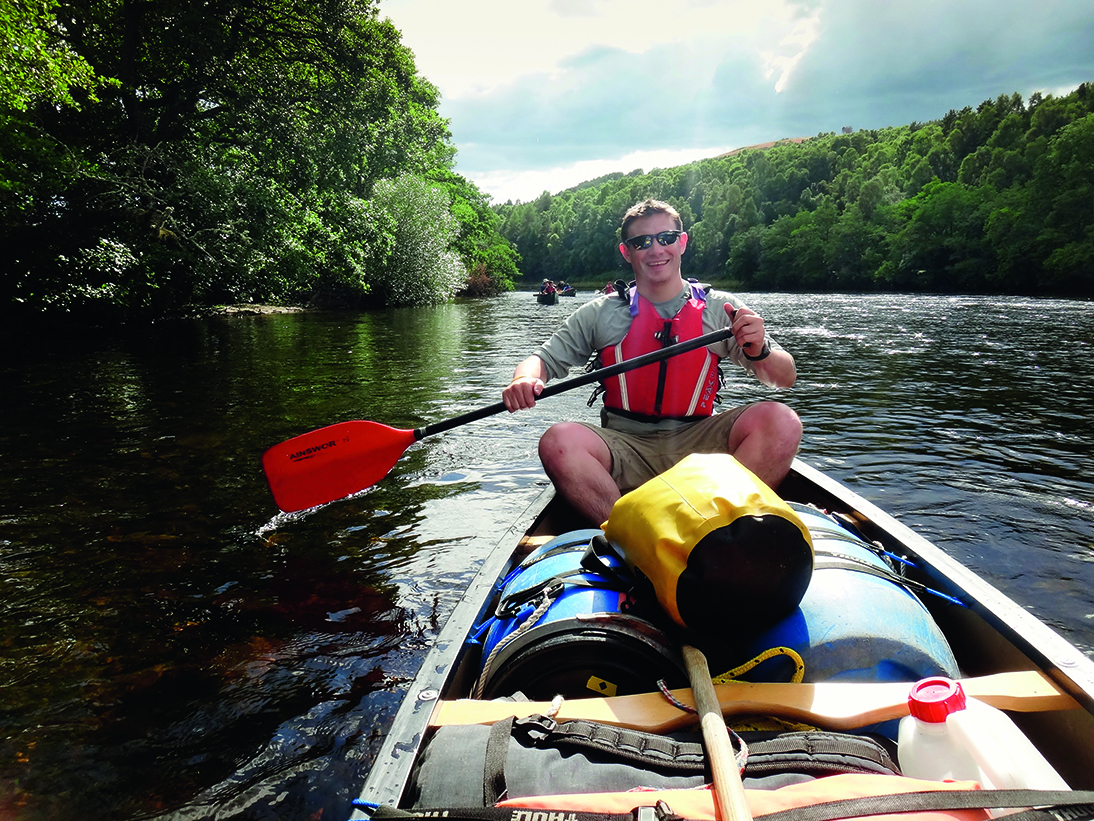
Wilderness Scotland’s five-day Open Canoeing River Spey Descent includes meals and accommodation. Costs from £865pp. wildernessscotland.com
The spa town of Évian-les-Bains sits on the southern (French) side of Lake Geneva, or Lac Léman as it is locally known. At one side rise mountains and semi-alpine pastures which constitute its ‘impluvium’ – a fancy word for a water catchment area – while the other is given over to another kind of liquid, this being Switzerland’s most productive wine region. But Évian is all about the water that filters down through mineral-rich bedrock to emerge via a clutch of lakeside springs responsible for transforming what was once a fishing village into a belle époque spa town. Here, lavish hotels are set among lush lawns – such as the Hôtel Ermitage, where you can spa and golf to your heart’s content. There are spacious rooms and suites overlooking Lac Léman (as well as a purpose-built Kids’ Resort, leaving you free to enjoy them), and whether you’re here for the golf, the casinos or the medical benefits to your liver, you can’t help but be invigorated. Anyone with a spirit of adventure should take the navette shuttle bus that climbs the hill onto the Plateau de Gavot, a meadowland covered in hiking trails with views to Mont Blanc. The sumptuous Chablais grasslands up here are known for legendary thick and creamy Beaufort and Reblochon cheeses, served in roadside inns.
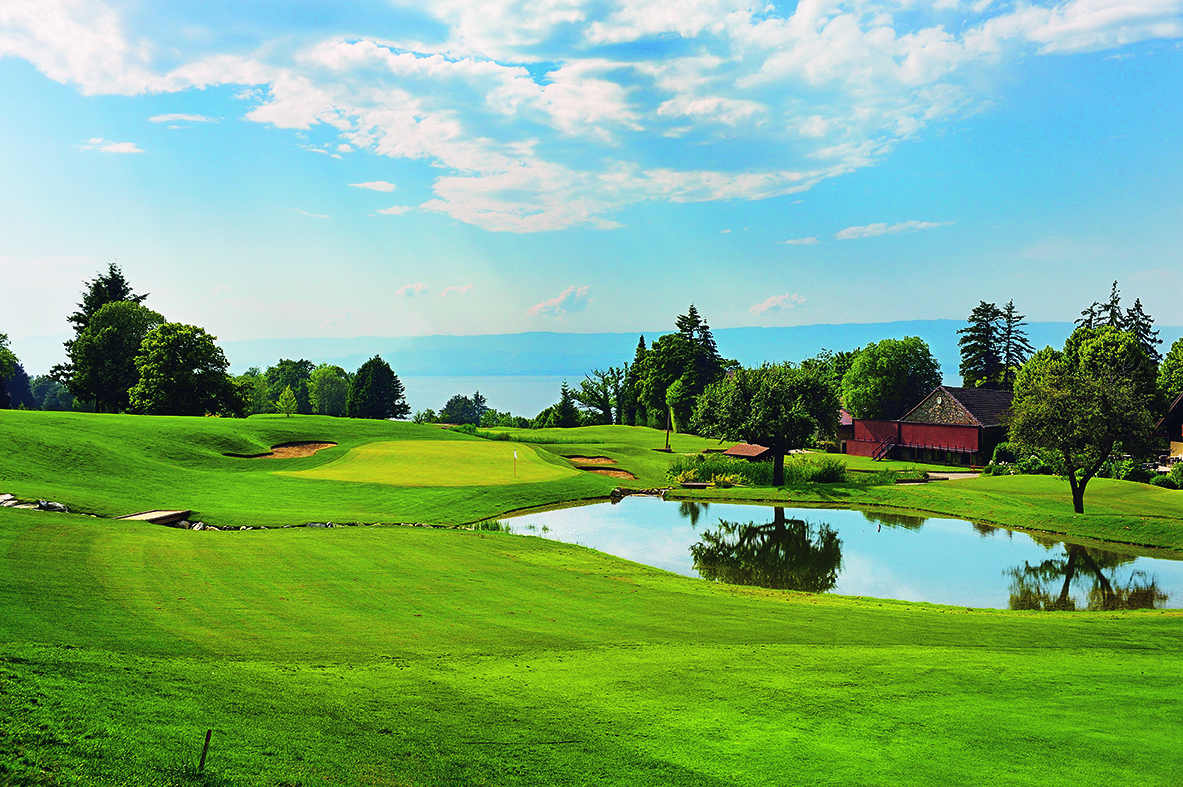
A weekend bed-and-brunch package at Hôtel Ermitage includes unlimited use of the sports and wellbeing facilities. Costs from £293 for two. evianresort.com
Lake Saimaa, Finland’s largest, is utterly serene in summer, and at 4,400 sq km (the fourth largest in Europe), it’s easy to have much of it to yourself, especially as Saimaa is part lake, part labyrinth, thanks to its thousands of islands. Wildlife shares its peace, too, with moose, blue hares and even wolves and bears feeling quite at home in the forests that surround it. If you’re lucky, you may even see the Saimaa ringed seal, the world’s most endangered pinniped, of which only 390 are left. Scandinavians love their lonely island cabins, and there are a few of those here, but the best option for a quick taster visit is to stay on a static houseboat with its own sauna (of course!), as furnished in some style by Hotel & Spa Järvisydän, via Magnetic North Travel. Explore the further reaches of the lake in a classic wooden launch, enjoy a local, seasonal lunch prepared on a remote island, swim and paddleboard to your heart’s content in summer, or go in September to take advantage of the ruska, or autumn, season, when the lakeshore is ringed in foliage of silver and gold and carpeted in crimson and orange as the cloudberry and bilberry harvest gets into full swing.
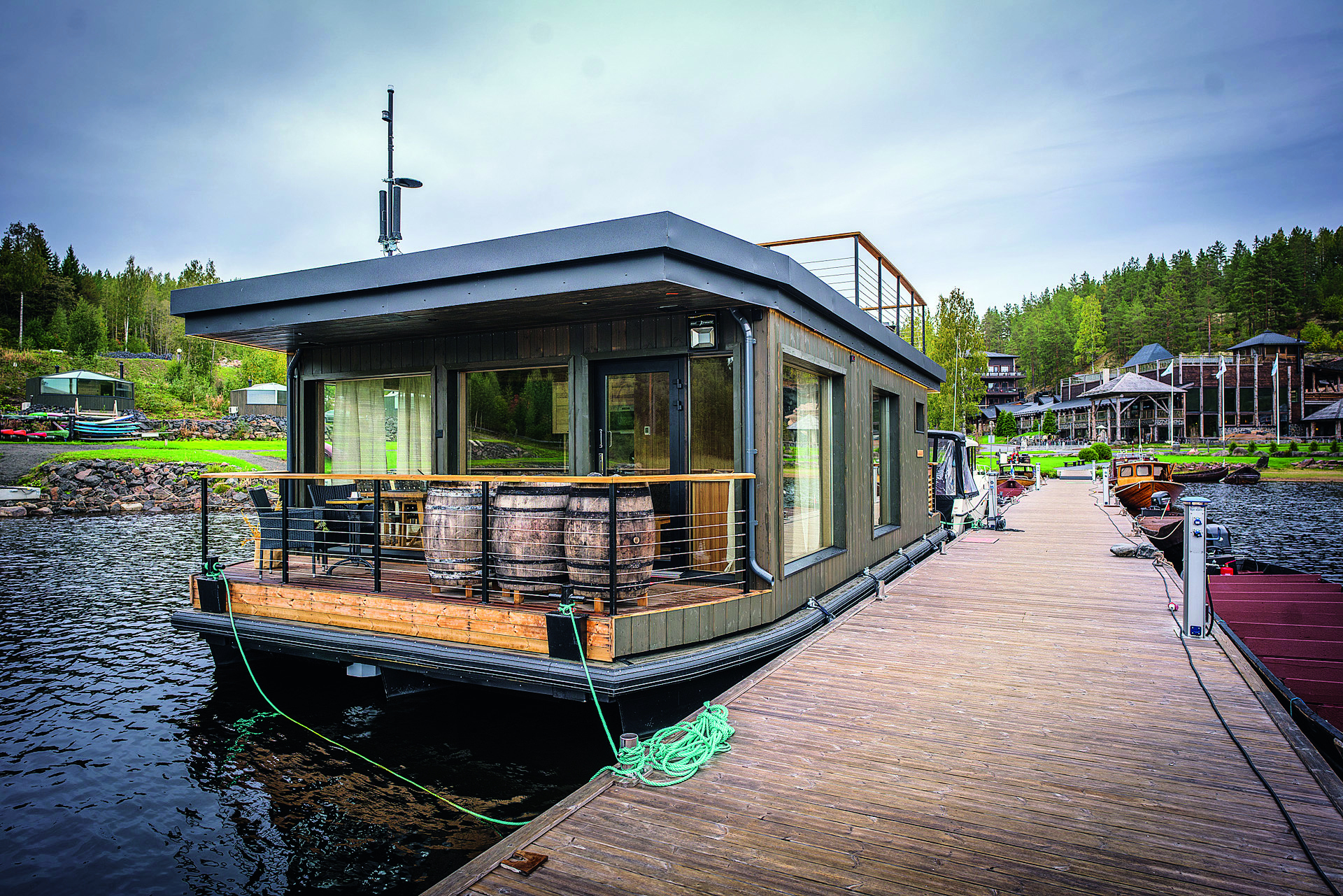
Three nights on the houseboat, full board, includes island safari and stand-up paddleboarding. Costs £1,395pp. magneticnorthtravel.com
Twenty years ago, Bordeaux’s quayside was a gloomy old place of semi-derelict warehouses, covered in grime, on the banks of the Garonne. Today, the city has been reborn as a freshly-scrubbed World Heritage Site of gold-coloured limestone, now complete with the flagship Cité du Vin wine museum, whose gleaming, organic design was inspired by the swirl of wine in a glass. Most of the riverside warehouses have gone, and in their place are smart river cruisers, such as those provided by AMA Waterways, which set off from here to travel up the Garonne and adjoining Dordogne to visit riverside wine regions such as Saint-Émilion, Médoc and Sauternes, dipping onshore for tastings in the châteaux of wine estates as they go. But it’s not all crystalline clinking and trying to identify the gooseberry nose; there are riverside walks, cycle rides and visits to local markets, too.
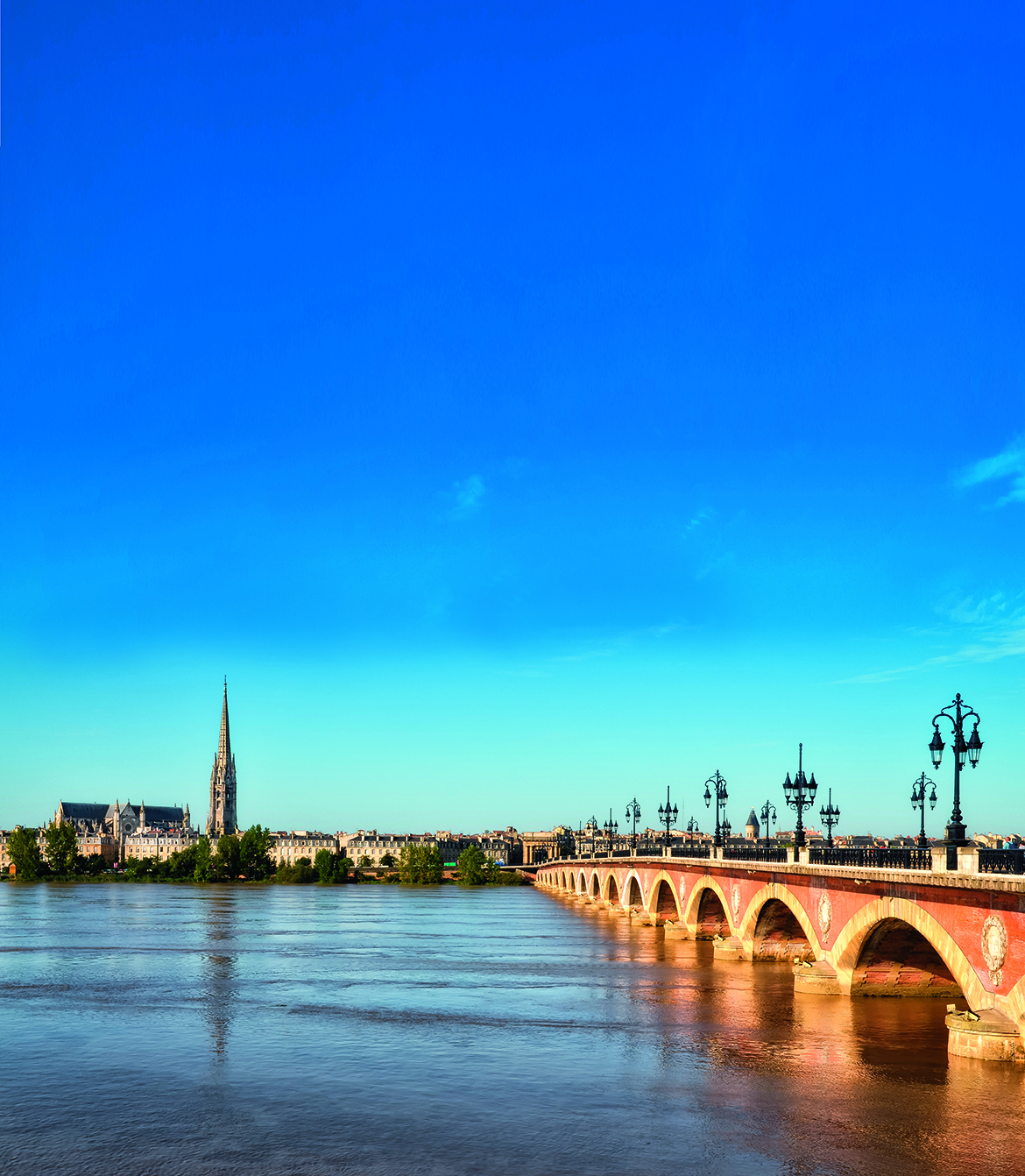
The seven-night Taste of Bordeaux Wine Cruise with AMA Waterways includes unlimited win. Costs from £2,031pp full board. amawaterways.com
Subscribe and view full print editions online... Subscribe